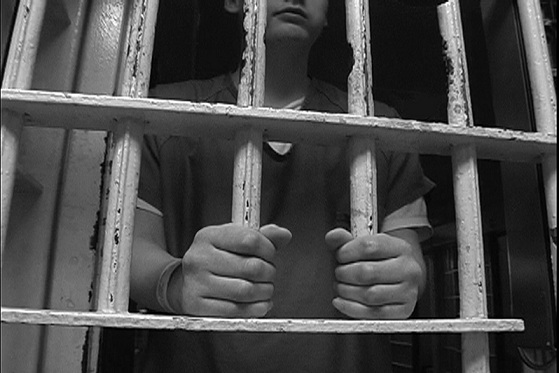What is the Emergency Ordinance (EO)?
It is a power given to the government to arrest anyone who is suspected to be a threat to the public order without any warrant. This can be enforced by the police according to their discretion.
Who are the usual suspects that are detained under the EO?
The EO is primarily used to detain or restrict the movement of suspected gang members and criminals whom the police find it difficult to bring to justice due to lack of evidence.
How long are the suspects being detained?
The suspect can be detained for 60 days without a detention order under the EO.
What happens after 60 days?
The minister of internal security may order a suspect to be detained for a further 2 years as a preventive measure against any disruption to public order that the suspect may cause. This order can be renewed every 2 years, making the detention of the suspect to be infinite.
Alternatively, the minister may issue a restricted residence order to control the suspect’s freedom of movement and place of employment and residence for two years. The suspect has to report to the police on a weekly basis and is typically required to remain indoors from 8 p.m. to 6 a.m.
(Source: Centre for Public Policy Studies)

In short, the EO poses a greater threat to the public compared to ISA due to its arbitrary power which can be easily exercised by the police force.
“The EO is a lazy way for the police to lock up criminal suspects. The police are not properly equipped and trained. It’s a combination of laziness, lack of supervision, and shoddy investigations.”
– Ivy Josiah, Commission Member of the Royal Commission to Enhance the Operation and Management of the Royal Malaysia Police, Kuala Lumpur, July 7, 2005.
(Source: Human Rights Watch)
Hui Hui is (still) a law student.

